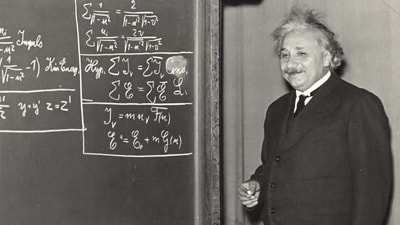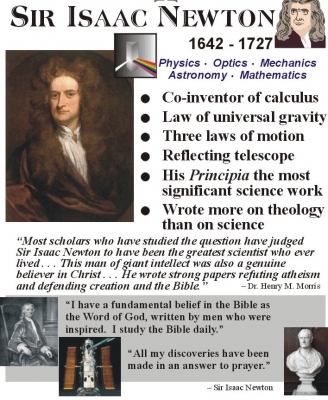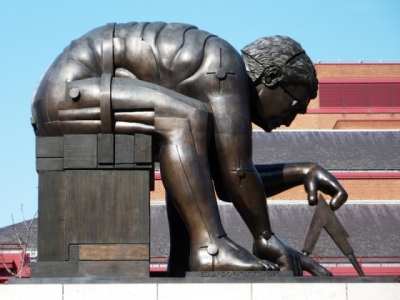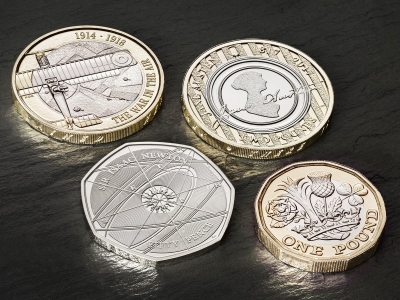
Albert Einstein is considered to be one of the most influential persons of the 20th century. His thoughts on space, time, motion and energy revealed new trajectories to the world.
Astronomers use his work till day to study everything from gravitational waves to Mercury’s orbit. His contribution also extends to the philosophy of science.
Einstein’s formula on mass – energy equivalence, E=mc2(square) has been called the world’s most famous equation. Even those unfamiliar with the underlying physics know about this equation.
In 1921 he was awarded the Nobel Prize in Physics for the law of the photoelectric effect. His theory of general relativity gives an explanation of gravity while the law of photoelectric effect explains the behaviour of electrons in certain conditions.
Einstein’s theories and discoveries marked a turning point in the development of quantum theory and influenced the development of atomic energy.
The ‘theory of everything’ was a single theory under which Einstein tried to unify all the forces of the universe. He worked on this unified field theory, though unsuccessfully, till the time of his death.
Einstein’s insight and inquisitiveness made him the most influential physicist of the 20th century.
Picture Credit : Google





